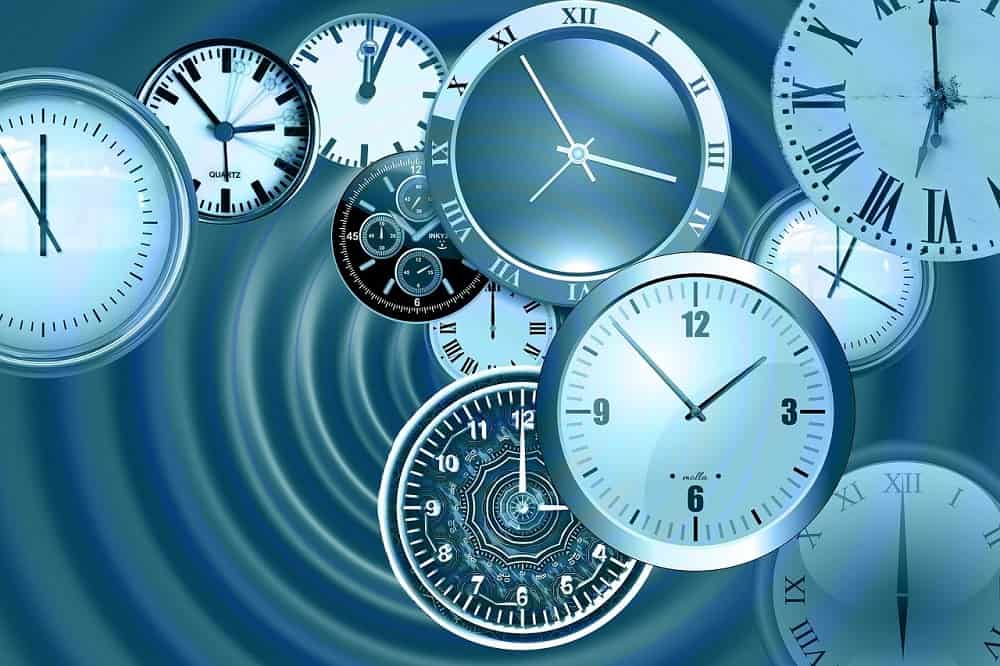In accordance with the principles of Sanatan Dharma, it is believed that Lord Brahma undertakes the task of cosmic creation during the hours of daylight, only to subsequently dismantle the very creation he has brought forth during the encompassing darkness of night. This perpetual cycle of creation and dissolution serves as the impetus for the eternal recurrence of ages, an unending cosmic rhythm.
In the cosmic cadence, it's imperative to grasp that a solitary day in the expanse of Brahma encompasses the staggering span of a thousand cycles, each comprising four distinct epochs known as yugas: Satya Yuga, Treta Yuga, Dwapara Yuga, and Kali Yuga. These four yugas, completing their cycle a thousandfold, collectively shape the span of one day within Brahma's existence. Intriguingly, an identical count of these yuga cycles also constitutes the duration of one night in Brahma's life. So does this imply that the timeless narratives of the Ramayana and Mahabharata unfold ceaselessly in an eternal loop of occurrence?
Indeed, the essence of this truth finds its embodiment in the persona of Kakabhushundi. A deity adorned with the visage of a crow, Kakabhushundi stands as a devoted soul who fervently worshipped Lord Rama, having etched his name in the annals of divine adoration through his profound reverence for Lord Rama. Bestowed with a divine boon, Kakabhushundi stands liberated from the ceaseless wheel of time, thus retaining the tapestry of his past lives. Through this sacred endowment, he bears witness to the resplendent saga of Ramayana, not once but elevenfold, and the epic saga of Mahabharata, an astonishing sixteen iterations, unfolding before his discerning gaze.
Legend echoes that Kakabhushundi's destiny intertwined with the youthful Rama's path in one of the crow's avian incarnations. In the midst of this divine play, Kakabhushundi's flight took an arresting turn. Within the cosmic expanse of the Lord's mouth, he beheld galaxies and the very universe itself. This awe-inspiring spectacle drew him back from his flight, compelling his return to the presence of Lord Rama. In response, the Lord bestowed upon Kakabhushundi a radiant smile and inquired about the desire that rested within his heart. With unwavering devotion, Kakabhushundi articulated his fervent wish: to perpetually offer his boundless devotion to the eternal presence of Lord Rama.
Moved by Kakabhushundi's steadfast love and devotion, Lord Rama bestowed upon him a divine boon. Within this blessing, time's relentless march held no dominion over Kakabhushundi, and he was destined to endure until the final chapter of this Kalpa, undisturbed by the hand of time. The eternal bliss attained by the saint is renowned as the "Kakabhushundi Time Travel," a journey into the realms of boundless serenity.
In a tale steeped in antiquity, it is recounted that a fateful moment unfolded when Lord Mahadev, the Supreme Deity, found himself narrating the epic Ramayana to his divine consort, Mata Parvati. Yet, unbeknownst to all but fate, a listening ear beyond the divine couple caught wind of the sacred narrative—the very crow that would later metamorphose into Kakabhushundi, thus marking the inception of his extraordinary journey.
Transformed into the embodiment of a crow, Kakabhushundi transcends the constraints of temporal flow, traversing both past and future. This unique attribute underscores the significance of feeding crows during the observance of Sraddha. By nourishing these avian emissaries, it is believed that they carry our heartfelt tributes to our forebears, transcending the bounds of time and space to bridge the connection between the realms.














0 comments:
Post a Comment